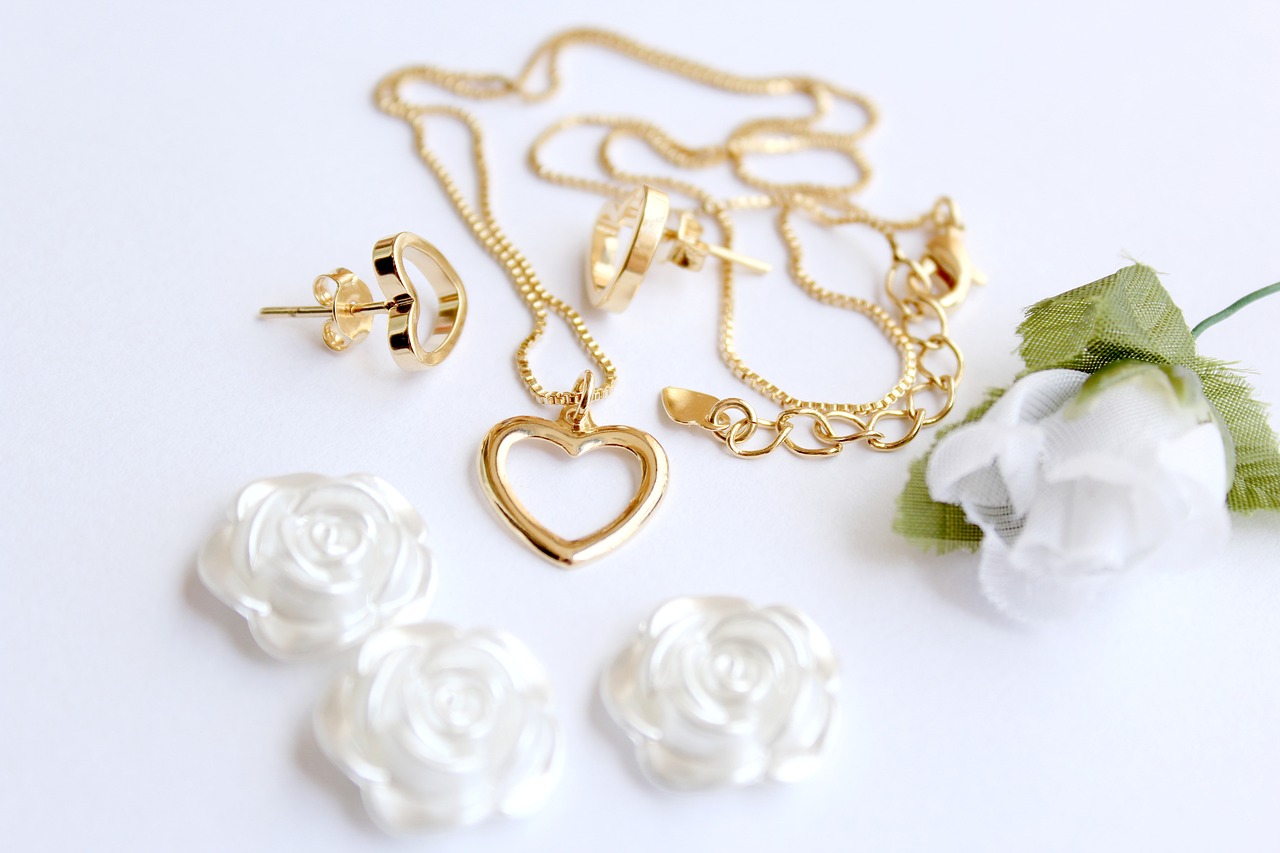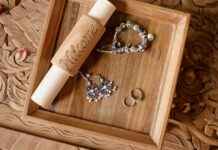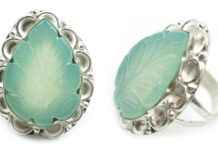Jewelry has been treasured across cultures and generations as a gift that embodies love, memory, and tradition. Its unique ability to connect people through time makes it an exceptional choice for an heirloom gift. This article delves into the reasons jewelry is considered the perfect heirloom, focusing on its sentimental value and timeless appeal.
The Sentimental Value of Jewelry
Jewelry often holds deep personal significance, transforming into a cherished keepsake. Whether it’s a grandmother’s ring or a mother’s necklace, these pieces carry stories and memories that enhance the emotional bond between the giver and the recipient. The act of gifting jewelry symbolizes a connection that transcends mere material value, making it a powerful token of affection.
Historical Significance of Heirloom Jewelry
Heirloom jewelry is steeped in history, often passed down through generations, serving as a bridge between the past and the present. These pieces not only reflect the cultural heritage of families but also embody the historical narratives that shape individual identities. Each piece tells a story of its own, contributing to the family’s legacy.
Famous Heirloom Jewelry Examples
- Royal Heirlooms: Royal families possess exquisite collections that symbolize power and prestige, influencing societal perceptions of heirloom jewelry.
- Celebrity Heirlooms: Many celebrities have heirloom pieces that narrate personal stories, adding to the allure and significance of jewelry as a gift.
Craftsmanship and Quality
The craftsmanship involved in creating jewelry is essential for its longevity as an heirloom. High-quality materials and skilled artisanship ensure that these pieces can withstand the test of time, making them worthy of being passed down through generations.
Choosing the Right Jewelry for Heirloom Gifts
Selecting the perfect piece of jewelry requires thoughtful consideration. Understanding the recipient’s personal style and incorporating family traditions can help align the gift with the recipient’s tastes and family history.
Jewelry Maintenance for Longevity
To ensure that heirloom jewelry lasts for generations, proper maintenance is vital. Regular cleaning and professional maintenance services are essential practices to keep these treasures in pristine condition.
The Emotional Impact of Gifting Jewelry
Gifting jewelry evokes strong emotional responses, creating lasting memories and strengthening family bonds. These gifts serve as reminders of special moments and relationships, fostering connections across generations.
In conclusion, jewelry is not just an accessory; it is a symbol of love, heritage, and memories. Its ability to connect people and tell stories makes it the perfect heirloom gift, cherished for years to come.
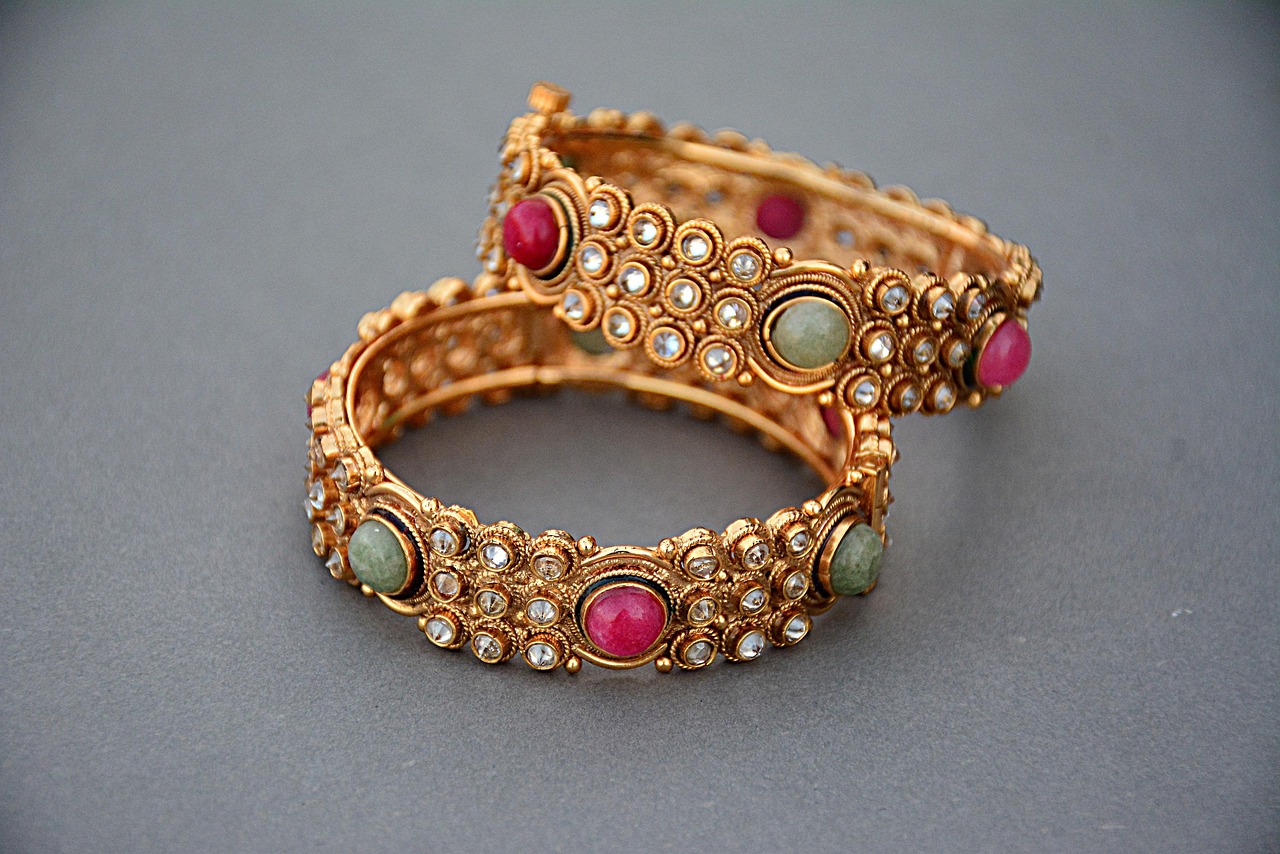
The Sentimental Value of Jewelry
is a profound aspect that contributes to its status as a treasured keepsake. Jewelry is not merely an accessory; it is often imbued with deep personal meanings that resonate with both the giver and the recipient. This emotional connection transforms a piece of jewelry into a symbol of love, remembrance, and shared experiences.
When a piece of jewelry is given as a gift, it carries with it the intentions and emotions of the giver. For instance, a necklace passed down from a mother to her daughter can signify a bond that transcends time, encapsulating cherished memories and familial love. Each time the daughter wears the necklace, she is reminded of her mother’s affection and the stories that accompany the piece.
Moreover, the sentimental value of jewelry often enhances its significance during special occasions. Birthdays, anniversaries, and graduations are moments when jewelry can serve as a lasting reminder of milestones. A carefully chosen piece can evoke feelings of joy and nostalgia, making it a cherished part of the recipient’s life.
In many cultures, jewelry is also used to celebrate significant life events, such as weddings or the birth of a child. For example, a wedding ring symbolizes a couple’s commitment and love, while a charm bracelet may commemorate the birth of children or personal achievements. Each charm tells a story, adding layers of meaning to the piece.
Ultimately, the emotional connection fostered by the sentimental value of jewelry enriches relationships. It creates a sense of belonging and continuity, reminding individuals of their roots and the people who matter most in their lives. This deep-seated emotional bond is what makes jewelry not just a gift, but a treasured heirloom that can be passed down through generations, carrying with it the stories and memories of those who wore it before.
- Jewelry as a symbol of love
- Connection to family heritage
- Celebration of milestones
- Creation of lasting memories
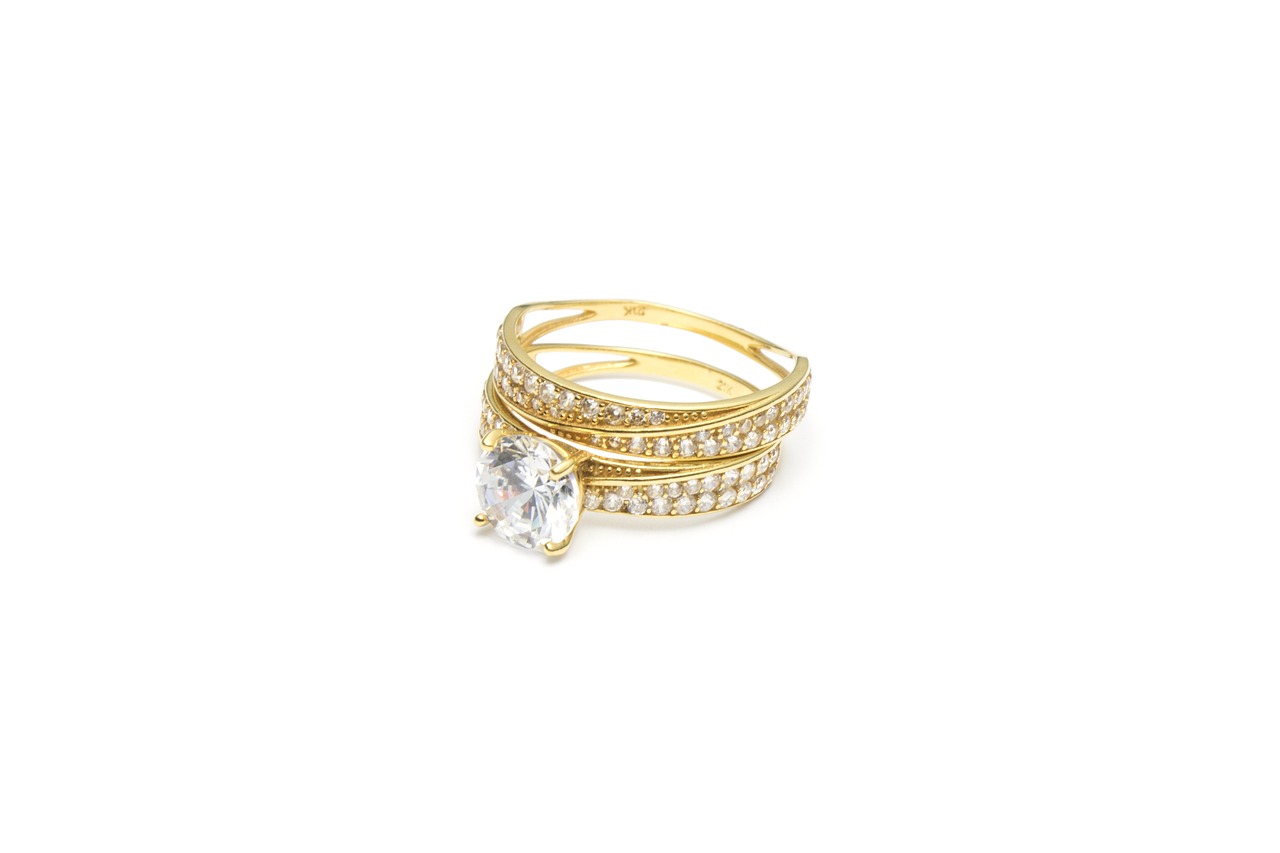
Historical Significance of Heirloom Jewelry
Heirloom jewelry is not merely a collection of beautiful pieces; it embodies a rich tapestry of family history and cultural significance. These exquisite items are often passed down through generations, serving as tangible links to the past. The historical significance of heirloom jewelry goes beyond aesthetics; it reflects the values, traditions, and stories of the families that cherish them.
Throughout history, jewelry has been used to mark important milestones, such as weddings, births, and anniversaries. Each piece carries with it a narrative, often intertwined with the lives of those who wore it. For instance, a grandmother’s engagement ring may symbolize enduring love, while a mother’s necklace could represent a rite of passage. These items are imbued with sentimental value, making them irreplaceable.
Moreover, heirloom jewelry often showcases the craftsmanship of its time, highlighting the skills of artisans who created these masterpieces. From intricate designs to the use of precious materials, each piece tells a story of the era in which it was made. This historical context enriches the value of the jewelry, making it not only a family treasure but also a piece of art that reflects the cultural heritage of a society.
In many cultures, heirloom jewelry serves as a symbol of identity and pride. For example, certain designs or materials may be specific to a family or community, reinforcing a sense of belonging and continuity. As families pass down these treasures, they also pass on the stories and traditions associated with them, ensuring that future generations remain connected to their roots.
In conclusion, the historical significance of heirloom jewelry is profound. It encapsulates not just the beauty of the pieces themselves but also the rich narratives and traditions that accompany them. As families continue to cherish and pass down these items, they preserve their heritage and strengthen their bonds across generations.
Famous Heirloom Jewelry Examples
have long captivated the hearts and minds of collectors and enthusiasts alike. These exquisite pieces are not just adornments; they tell stories and embody the rich history of families and cultures. This section delves into some of the most notable examples of heirloom jewelry that have been passed down through generations, showcasing their beauty and legacy.
- The Hope Diamond: This legendary gemstone, weighing an impressive 45.52 carats, has a storied past filled with intrigue and mystery. Believed to bring misfortune to its owners, it has been owned by various notable figures, including King Louis XIV of France and American socialite Evalyn Walsh McLean. Today, it resides in the Smithsonian Institution, where it continues to fascinate visitors.
- The Imperial Fabergé Eggs: Commissioned by the Russian Tsars, these intricately designed eggs are masterpieces of craftsmanship. Each egg is a unique creation, often containing hidden surprises, and they symbolize the opulence of the Russian Empire. The most famous of these eggs is the Imperial Coronation Egg, made for Empress Maria Feodorovna in 1897.
- The Cartier Panthère Collection: Known for its bold designs and luxurious materials, the Panthère collection has been a favorite among royals and celebrities. The iconic panther motif represents elegance and strength, making it a timeless heirloom that continues to be sought after by collectors around the world.
- The Duchess of Windsor’s Engagement Ring: This stunning piece, featuring a 19.77-carat emerald-cut diamond, was gifted by Edward VIII to Wallis Simpson. Its historical significance and unique design have made it an enduring symbol of love and sacrifice, as Edward abdicated the throne for his beloved.
These examples illustrate how heirloom jewelry transcends mere decoration, serving as a tangible connection to history, culture, and family heritage. Each piece carries with it a narrative that enriches its value, making it a perfect choice for those looking to pass down something truly special.
Royal Heirlooms
Royal families are often associated with grandeur, and their exquisite heirloom collections serve as a testament to their rich heritage and status. These pieces of jewelry are not merely adornments; they are powerful symbols of power, prestige, and history. This section delves into the significance of royal heirlooms and how they shape society’s perception of heirloom jewelry.
Heirloom jewelry from royal families often boasts intricate designs and exceptional craftsmanship, reflecting the artistry and skill of the artisans who created them. Such pieces are typically made from the finest materials, including gold, silver, and precious gemstones, which enhance their allure and value. For instance, the Queen’s Crown or the Imperial State Crown of the British monarchy are not just accessories; they are historical artifacts that tell stories of dynasty, power struggles, and national pride.
Moreover, these royal heirlooms often come with fascinating backstories that add to their mystique. They may have been worn during significant events, such as coronations or state dinners, and have been passed down through generations, each time enriching their legacy. This historical significance plays a crucial role in how society views heirloom jewelry, elevating it from mere decoration to a vital part of cultural heritage.
The influence of royal heirlooms extends beyond their aesthetic appeal; they also shape societal values and aspirations. People often look to these royal collections as ideals of beauty and elegance, inspiring them to seek similar pieces for themselves. This desire for connection to history and prestige is what makes heirloom jewelry so coveted, as it represents not just personal wealth, but a link to a grander narrative.
In conclusion, royal heirlooms embody a unique blend of artistry, history, and cultural significance. They serve as powerful symbols that influence public perception of heirloom jewelry, making them a pivotal aspect of both royal heritage and societal aspirations.
Celebrity Heirlooms
hold a special place in the world of jewelry, as they often embody personal stories and rich histories. Many celebrities possess heirloom pieces that not only reflect their individual style but also connect them to their family heritage and significant life events. This section delves into how these unique items enhance the allure of jewelry as a gift, making them even more meaningful.
One of the most fascinating aspects of celebrity heirlooms is their storytelling potential. Each piece often has a tale behind it, whether it was a gift from a loved one, a symbol of a milestone, or a cherished family tradition. For instance, a famous actress may wear a necklace that once belonged to her grandmother, symbolizing strength and resilience. This connection to the past adds a layer of emotional depth to the piece, making it a treasured gift.
Moreover, celebrity heirlooms often serve as a source of inspiration for fans and admirers. When a celebrity showcases their heirloom jewelry at a public event, it not only highlights their personal style but also sparks interest in the stories behind those pieces. This visibility can lead to a greater appreciation for the significance of heirloom jewelry in general, encouraging others to consider similar gifts for their loved ones.
In addition to personal stories, these pieces often represent cultural heritage. Many celebrities come from diverse backgrounds, and their heirloom jewelry can reflect their family’s history and traditions. This aspect can resonate with fans who share similar cultural roots, fostering a sense of connection and community.
Ultimately, the allure of celebrity heirlooms lies in their ability to bridge the gap between personal narrative and cultural significance. They remind us that jewelry is not just an accessory but a vessel of memories and emotions, making it a perfect choice for a heartfelt gift.
Craftsmanship and Quality
play a pivotal role in the creation of jewelry, significantly impacting its durability and status as a cherished heirloom. The intricate process of jewelry making involves a combination of quality materials and the expertise of skilled artisans, both of which are essential for producing pieces that can withstand the test of time.
When we talk about quality materials, we refer to the selection of precious metals, gemstones, and other components that contribute to the overall integrity of the piece. For instance, gold and platinum are not only visually stunning but also resistant to tarnishing and wear, making them ideal choices for heirloom jewelry. Similarly, high-quality gemstones, such as diamonds and sapphires, are evaluated based on their cut, clarity, color, and carat weight, ensuring that they maintain their beauty for generations.
Equally important is the artisanship involved in crafting jewelry. Skilled artisans bring years of experience and a keen eye for detail to their work. Their expertise allows them to create intricate designs and ensure that each piece is not only beautiful but also structurally sound. The techniques used can vary widely, from traditional handcrafting methods to modern technology, but the goal remains the same: to produce jewelry that is both exquisite and enduring.
| Aspect | Importance |
|---|---|
| Quality Materials | Ensure durability and aesthetic appeal |
| Skilled Artisanship | Enhances design intricacy and structural integrity |
In conclusion, the combination of high-quality materials and expert craftsmanship is essential for creating jewelry that not only looks beautiful but also serves as a lasting heirloom. When selecting jewelry for gifting or inheritance, it is crucial to consider these factors to ensure that the piece will be cherished for many years to come.
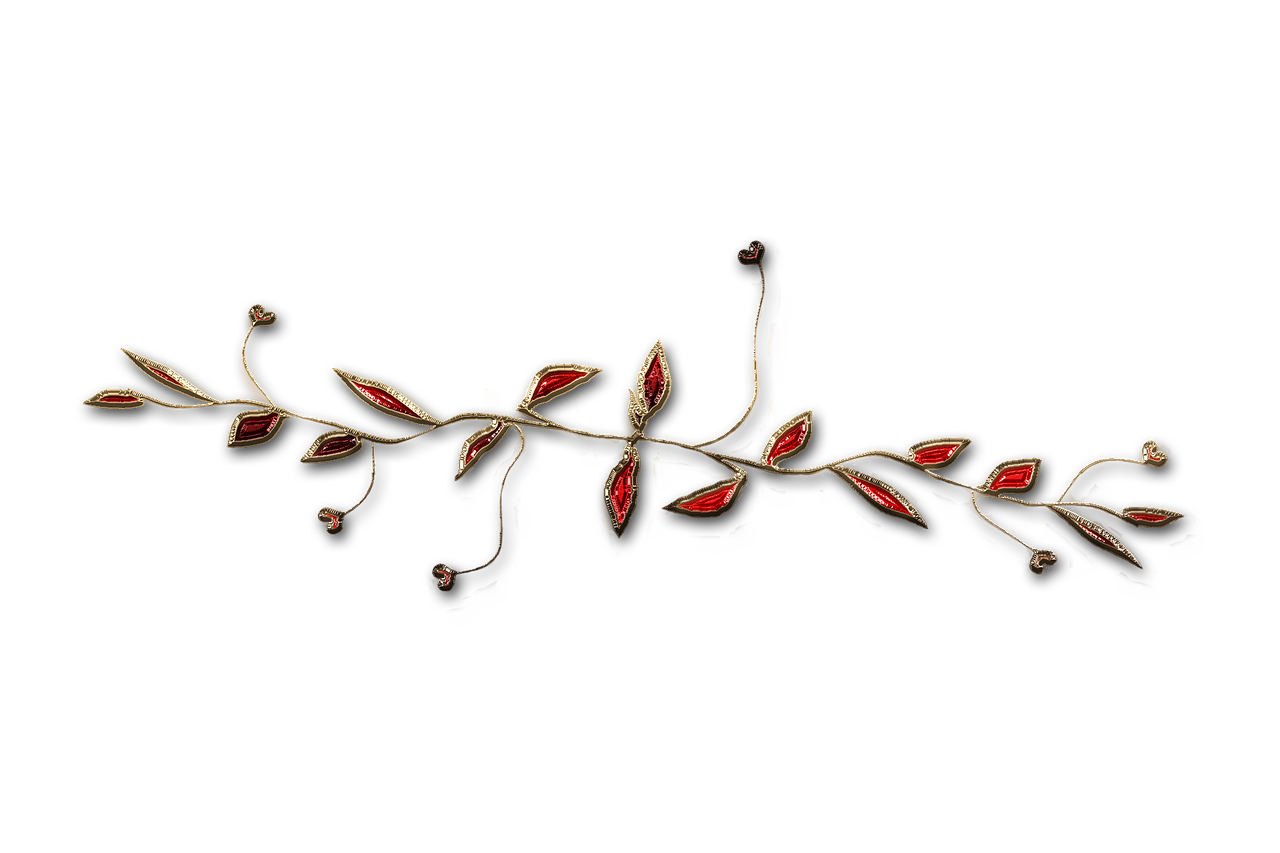
Choosing the Right Jewelry for Heirloom Gifts
Selecting the perfect piece of jewelry is a thoughtful endeavor that goes beyond mere aesthetics. It requires a deep understanding of the recipient’s tastes, preferences, and the emotional significance that jewelry can hold. This section aims to provide guidance on how to choose jewelry that will be cherished for generations, ensuring it becomes a treasured heirloom.
- Understanding Personal Style: Before making a selection, it’s crucial to consider the recipient’s personal style. Is their taste classic, modern, or eclectic? Observing what they typically wear can provide valuable insights. For instance, if they often wear gold and prefer minimalist designs, a simple gold pendant might be the perfect choice.
- Considering Family Traditions: Many families have traditions surrounding jewelry, such as passing down specific pieces or styles. Incorporating these traditions into your selection can enhance the emotional value of the gift. For example, if your family has a history of gifting pearl necklaces, choosing a unique yet classic pearl piece can honor that legacy.
- Material and Craftsmanship: The quality of materials and the level of craftsmanship are vital when selecting heirloom jewelry. Opt for pieces made from durable materials like gold, platinum, or high-quality gemstones. These not only look stunning but also stand the test of time. Additionally, consider pieces that showcase exceptional craftsmanship, as they often carry a story of artistry and dedication.
- Versatility: Choosing a versatile piece of jewelry can enhance its wearability. Items that can be dressed up or down, such as a pair of elegant earrings or a simple bracelet, are likely to be worn more often, increasing their sentimental value over time.
In conclusion, selecting the right jewelry for heirloom gifts is a process that involves careful consideration of personal style, family traditions, material quality, and versatility. By taking these factors into account, you can choose a piece that not only looks beautiful but will also be cherished and passed down through generations.
Understanding Personal Style
When selecting heirloom jewelry, understanding the recipient’s personal style is crucial. This ensures that the gift resonates with them and serves as a cherished keepsake for years to come. Here are some tips to help align your gift with the recipient’s tastes:
- Observe Their Current Jewelry: Take note of the types of jewelry they currently wear. Do they prefer gold or silver? Are their pieces more modern or vintage? This will give you insight into their preferences.
- Consider Their Lifestyle: Think about the recipient’s daily activities. For someone who leads an active lifestyle, a simple and durable piece might be more suitable than intricate designs that may not withstand wear.
- Understand Their Color Palette: Pay attention to the colors they often wear. Choosing jewelry that complements their wardrobe can enhance its appeal. For example, if they lean towards earth tones, consider jewelry with natural stones.
- Think About Their Personality: A bold and adventurous person might appreciate statement pieces, while someone with a more understated style may prefer delicate, minimalist designs. Tailoring your choice to their personality can make the gift more meaningful.
- Incorporate Sentimental Elements: If possible, include elements that have personal significance, such as birthstones or motifs that resonate with their life experiences. This adds an extra layer of thoughtfulness to your gift.
By taking these factors into account, you can select a piece of heirloom jewelry that not only reflects the recipient’s style but also carries deep sentimental value. Remember, the goal is to choose something that they will treasure and wear with pride.
Considering Family Traditions
When it comes to selecting heirloom gifts, family traditions can significantly influence the decision-making process. Incorporating family history and customs into the selection of jewelry not only adds a layer of meaning but also strengthens the bond between generations. Here are some ways to thoughtfully consider family traditions when choosing heirloom jewelry:
- Understanding Family Heritage: Begin by exploring your family’s history. Look into the types of jewelry that have been cherished by previous generations. This could include specific styles, materials, or even particular pieces that have been passed down. Understanding what has significance in your family can guide you in selecting a piece that resonates.
- Incorporating Cultural Symbols: Many families have cultural symbols or motifs that are significant. Whether it’s a specific gemstone or a design that holds cultural importance, incorporating these elements can make the piece even more special. For example, a family might value a particular gemstone for its historical or spiritual significance.
- Celebrating Milestones: Consider gifting heirloom jewelry during significant family milestones, such as weddings, anniversaries, or birthdays. This tradition not only honors the occasion but also creates a new layer of meaning for the piece, linking it to a specific moment in time.
- Personalizing the Gift: Adding a personal touch, such as an engraving or a specific setting that reflects family history, can enhance the emotional value of the jewelry. This personalization transforms a beautiful piece into a unique family treasure.
- Sharing Stories: When presenting the heirloom gift, share the stories and traditions associated with it. Discussing its history and significance can deepen the recipient’s appreciation and connection to the piece.
In conclusion, when selecting heirloom jewelry not only enriches the gift-giving experience but also ensures that the piece carries forward the family’s legacy. By thoughtfully incorporating elements of family history, you create a meaningful connection that can be cherished for generations to come.

Jewelry Maintenance for Longevity
To ensure that heirloom jewelry remains a cherished part of family history for generations, proper maintenance is essential. This section outlines key practices that will help keep these precious pieces in pristine condition.
- Regular Cleaning: Keeping your jewelry clean is crucial to maintaining its luster. Use a soft cloth to gently wipe down pieces after wearing them. For deeper cleaning, a mild soap solution with warm water can be used. Avoid harsh chemicals that can damage the metal or stones.
- Storage Solutions: Proper storage can prevent scratches and tangling. Store jewelry in a cool, dry place, preferably in a velvet-lined box or pouches. Individual compartments can help keep pieces separated, reducing the risk of damage.
- Inspection and Repairs: Regularly inspect your jewelry for loose stones or signs of wear. If you notice any issues, seek professional help immediately to avoid further damage. Many jewelers offer maintenance services that can help keep your heirloom pieces in top condition.
- Avoiding Damage: Be mindful of when and how you wear your jewelry. Remove pieces before engaging in physical activities, swimming, or applying lotions and perfumes. This simple practice can significantly extend the life of your jewelry.
- Professional Maintenance Services: While regular at-home care is important, there are times when professional maintenance is necessary. Consider having your heirloom pieces professionally cleaned and inspected every few years to ensure they remain in excellent condition.
By following these maintenance practices, you can preserve the beauty and integrity of your heirloom jewelry, allowing it to be passed down through generations, each piece carrying its own story and significance.
Regular Cleaning Techniques
Regular cleaning is essential for maintaining the beauty and integrity of your jewelry. Over time, dirt, oils, and tarnish can accumulate, dulling the shine and potentially damaging the materials. This section provides practical tips for safely cleaning various types of jewelry, ensuring they remain stunning for years to come.
- Gold Jewelry: To clean gold, mix a few drops of mild dish soap with warm water. Soak the jewelry for about 15 minutes, then gently scrub with a soft toothbrush. Rinse with clean water and dry with a soft cloth to restore its shine.
- Silver Jewelry: Silver can tarnish quickly, so regular cleaning is vital. Use a silver polishing cloth for light tarnish. For deeper cleaning, create a paste of baking soda and water, apply it gently, and rinse thoroughly.
- Gemstone Jewelry: Different gemstones require different care. For most, a solution of warm water and mild soap is safe. Avoid harsh chemicals. Use a soft brush to clean around settings and rinse well.
- Pearl Jewelry: Pearls are delicate and should be cleaned with a damp cloth after wearing. For deeper cleaning, use a solution of lukewarm water and a few drops of mild soap, and gently wipe the pearls. Avoid soaking them.
- Costume Jewelry: For costume jewelry, avoid submerging in water. Instead, use a damp cloth to wipe surfaces clean. For stubborn stains, a little rubbing alcohol on a cotton swab can help.
Regular maintenance not only enhances the appearance of your jewelry but also extends its lifespan. By following these safe cleaning techniques, you can ensure that your cherished pieces remain as beautiful as the day you received them.
Professional Maintenance Services
play a crucial role in preserving the beauty and integrity of heirloom jewelry. While regular care at home is essential, there are times when the expertise of a professional is necessary to ensure that these precious items remain in excellent condition.
Understanding when to seek professional help is vital. Heirloom pieces often carry significant emotional and historical value, making their upkeep essential. Here are some key scenarios where professional maintenance services become indispensable:
- Restoration Needs: If your jewelry has suffered damage, such as a broken clasp or a missing stone, a professional can restore it to its original glory. Attempting DIY repairs can often lead to further damage.
- Deep Cleaning: Over time, dirt and oils can accumulate on jewelry, dulling its shine. Professionals have the right tools and cleaning solutions to safely clean delicate pieces without causing harm.
- Inspection for Wear: Regular inspections by a professional can identify wear and tear that may not be visible to the untrained eye. This can prevent more significant issues down the line.
- Expert Advice: Professionals can provide valuable insights on how to care for specific materials and settings, ensuring that your heirloom jewelry remains beautiful for generations.
In conclusion, while regular maintenance at home is important, engaging professional services is often necessary for the long-term preservation of heirloom jewelry. By recognizing when to seek professional help, you can ensure that these treasured pieces continue to tell their stories for years to come.

The Emotional Impact of Gifting Jewelry
Gifting jewelry is not merely a transaction of material goods; it is an act laden with profound emotional significance. The psychological effects of receiving jewelry, especially heirloom pieces, can be transformative, influencing the dynamics of relationships and creating lasting memories.
When an individual receives heirloom jewelry, they are often overwhelmed by a sense of connection to their family history. Such pieces are imbued with stories, emotions, and memories of the loved ones who once wore them. This deep-rooted connection can evoke feelings of nostalgia and appreciation, reinforcing the bond between the giver and the recipient.
Moreover, heirloom jewelry often symbolizes trust and commitment. When someone gifts a piece that has been cherished for generations, it signifies a deep level of intimacy and respect. This act can strengthen relationships, as it conveys a message that the giver values their connection and wishes to share a part of their legacy with the recipient.
| Emotional Responses | Significance in Relationships |
|---|---|
| Joy | Enhances feelings of love and appreciation |
| Nostalgia | Strengthens family ties and memories |
| Trust | Builds deeper connections and commitment |
Additionally, the act of gifting jewelry can create lasting memories. Each time the recipient wears the piece, they are reminded of the occasion and the emotions associated with it. This can turn a simple gift into a cherished artifact that carries the weight of personal history and sentiment.
In conclusion, the emotional impact of gifting jewelry, particularly heirloom pieces, is profound. It goes beyond mere aesthetics, intertwining with the fabric of relationships and personal histories. As such, it serves as a powerful reminder of love, trust, and the enduring bonds that connect us to our families and loved ones.
Creating Lasting Memories
Jewelry gifts possess a unique ability to encapsulate and commemorate significant moments in our lives. When we present a piece of jewelry to a loved one, we are not just giving them an object; we are gifting them a tangible reminder of a special occasion or a cherished relationship. These pieces often become symbols of love, commitment, and shared experiences.
From engagement rings that signify the promise of a future together to anniversary gifts that celebrate years of companionship, jewelry serves as a marker of important milestones. Each time the recipient wears the piece, they are transported back to the moment it was given, evoking feelings of joy and nostalgia. This emotional connection is what makes jewelry a powerful gift.
Moreover, jewelry can represent family heritage and stories passed down through generations. A grandmother’s necklace may remind a granddaughter of her roots, while a father’s watch can symbolize the bond between a parent and child. Such heirlooms carry with them not only their material value but also the memories and legacies of those who wore them before.
In addition, jewelry gifts can serve as a source of comfort during challenging times. A bracelet given during a difficult period can remind the recipient of the support and love of the giver, providing solace and strength. This emotional support is often what transforms a simple piece of jewelry into a cherished keepsake.
Ultimately, the act of gifting jewelry is about more than just the item itself; it is about the memories created, the emotions felt, and the bonds strengthened. As such, jewelry gifts will continue to be treasured for their ability to create lasting memories that resonate through time.
Strengthening Family Bonds
Heirloom jewelry serves as a remarkable bridge connecting family members across different generations. When a piece of jewelry is passed down, it carries not only its material value but also a rich tapestry of memories, stories, and emotions. This unique aspect of heirloom jewelry can significantly enhance familial ties, creating a sense of unity and shared history.
Each piece of heirloom jewelry often has a story behind it, whether it was a wedding gift, a birthday surprise, or a symbol of enduring love. When families share these stories, they not only preserve their history but also instill a sense of belonging among younger generations. For instance, a grandmother might pass down a necklace to her granddaughter, sharing tales of her own experiences while wearing it, thus fostering an emotional connection that transcends time.
Moreover, heirloom jewelry can serve as a ritualistic element during family gatherings. When family members come together to celebrate milestones, the act of wearing or sharing these pieces can evoke feelings of nostalgia and pride. It reinforces the idea that family traditions are important and worth cherishing, strengthening the bonds that hold families together.
In addition, the act of gifting heirloom jewelry can also symbolize trust and responsibility. When a parent or grandparent entrusts a valuable piece to a younger family member, it signifies their belief in that person’s ability to honor and maintain the family legacy. This transfer of responsibility can enhance relationships, as it encourages open communication and shared values.
Ultimately, heirloom jewelry is much more than a beautiful accessory; it is a symbol of connection that can foster strong family ties. As families continue to share these cherished pieces, they also share their histories, values, and love, ensuring that the bonds between generations remain strong.
Frequently Asked Questions
- What makes jewelry a great heirloom gift?
Jewelry is not just a beautiful accessory; it carries deep sentimental value and often tells a story. When passed down through generations, it becomes a cherished keepsake that connects family members and preserves memories.
- How do I choose the right jewelry for an heirloom gift?
Consider the recipient’s personal style and preferences. Think about family traditions that might influence your choice. It’s all about selecting a piece that resonates with the recipient and holds meaning for your family.
- How can I maintain heirloom jewelry for longevity?
Regular cleaning is essential! Use gentle cleaning techniques suitable for the specific material. Additionally, consider professional maintenance services for more intricate pieces to ensure they remain in pristine condition.
- What are some famous examples of heirloom jewelry?
Throughout history, many iconic pieces have been passed down, including royal crowns and celebrity engagement rings. These items not only showcase exquisite craftsmanship but also embody rich stories and heritage.
- Why is gifting jewelry emotionally significant?
Gifting jewelry often evokes strong emotional responses, creating lasting memories and strengthening family bonds. It serves as a tangible reminder of special moments and relationships, making it a deeply meaningful gift.

